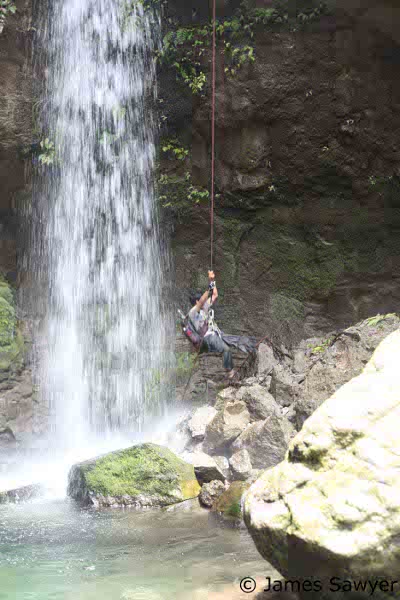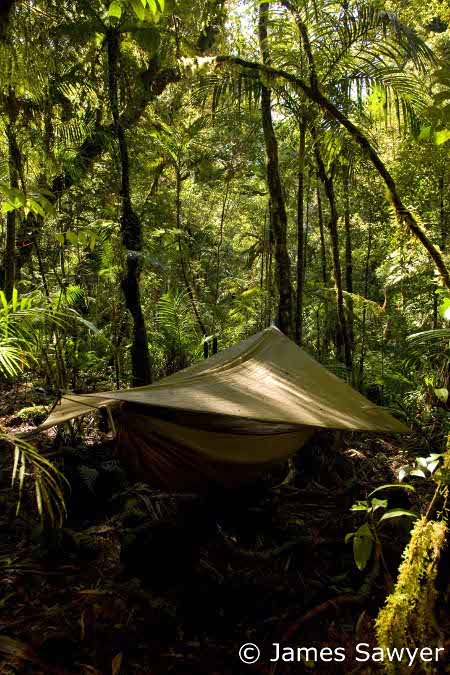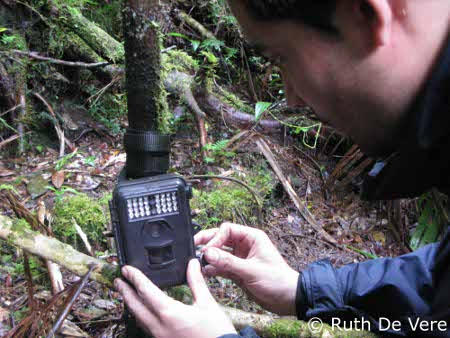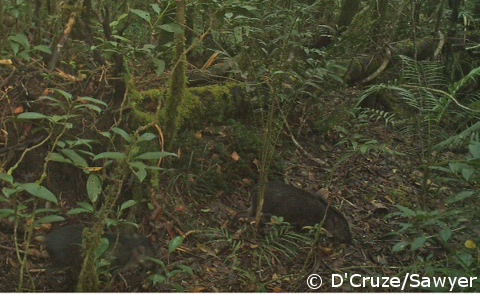In the previous blog, the NIBE team had set up their camera traps in areas of known mammal activity in the North Negros National Park in the Philippines, analysed over 4,000 hours of data and captured some amazing footage. Expedition leader James Sawyer shares his thoughts…


So our expedition was a success!
We had managed to endure 14 days and 14 nights in the unforgiving rainforest of the North Negros National Park on Negros Island. Our efforts resulted in the first ever images of two charismatic large mammals to be taken in the wild. But what do these images mean in terms of real conservation impact?
Firstly, it is important to note that the Philippine Islands support one of the richest mammal faunas in the world. Of the 206 native species currently known to science approximately 60% are found nowhere else in the world.
Unfortunately, the mammal fauna of the Philippine Islands is also extremely threatened. Habitat loss as a result of human activity is a major problem, and today many Philippine mammal species are confined to forest fragments that cover only 7% of the original extent of this biodiversity hotspot. Large mammal populations are also decreasing as result of hunting pressures. The Visayan spotted deer and the Visayan warty pig (number 104 on the EDGE mammal list) are both fully protected by the law. However, they are still intensively hunted by local farmers in remote communities and recreational hunters from larger cities.
The severity and extent of the problem was laid bare during our expedition. During our trek it was clear to see that less than 25% of the Park’s original forest cover remained. Evidence of local hunters was also all too common. Despite the ruggedness of the terrain we also came across discarded cigarette butts and the burning embers of abandoned camp fires on almost a daily basis.
The park represents one of the last remaining strongholds for these endemic large mammal species. Given what we saw within the boundaries of this protected area it is easy to understand why the Visayan warty pig and the Visayan spotted deer are considered to represent the second rarest species of their kind.
Despite their conservation importance, information regarding the distribution and population sizes of these rare species is severely lacking. It appears that field surveys and monitoring have been hampered by both the nocturnal elusive behaviour of these animals and their preference for rugged slopes of dense forest that are difficult to access.
In the past 20 years researchers have been increasingly turning to modern technology to overcome these problems. However, prior to our expedition, no one had initiated a camera trap study focused on the large mammal fauna in the Philippines. Consequently, the overarching aim of our research was to investigate whether camera trapping could be a useful but currently overlooked technique.

Over a survey period that lasted just a little over 2 weeks our camera traps managed to obtain 86 photographs of Philippine large mammals. This is a fantastic return given the short period of time that we spent in the field.
Recorded species included Asian palm civet, Philippine long-tailed macaque, Visayan spotted deer and Visayan warty pig (below). Of course we were excited about the fact that we had managed to obtain the first wild images for two of the world’s rarest species of large mammal. However, we even more thrilled to demonstrate that camera trapping has the potential to gather reliable wildlife data with few personnel over a relatively short period of time in protected areas in Philippines.

We hope that our exciting initial findings will stimulate researchers and forest protection agencies to conduct further field monitoring surveys for these enigmatic endangered mammals.
Further reading: